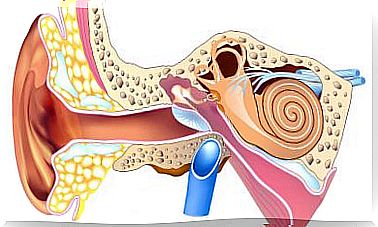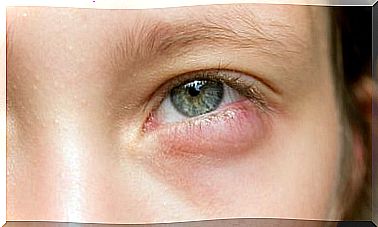Trigeminal Neuralgia: Causes, Symptoms And Treatment
The trigeminal corresponds to a pair of cranial nerves found in the facial region. It acts both as a sensitive branch (that is, it captures stimuli from the external environment) and a motor branch (it allows the movement of the muscles in this area). Thanks to this, we can chew, but also have sensitivity to temperature, pain, and so on.
According to the scientific literature, “trigeminal neuralgia has been referred to since ancient times as the most intense pain that man can suffer. But it is not until the seventeenth century when it is taken as its own clinical entity ”. Let’s see how it affects and more below.
Symptoms of trigeminal neuralgia
Specialists have also determined a series of symptoms or signs associated with this disorder. On the other hand, the disease usually affects only one side of the patient’s face. On rare occasions it alters both sides of the face. Among the most common symptoms we find:
- Severe pain or discomfort that patients often liken to a severe pin prick and even an electric shock. On the other hand, it usually appears in the form of intermittent episodes that can have different durations. The periods between each episode are usually painless or daily.
- Sleep disturbances, usually insomnia or inability to fall asleep. This is because the attacks or episodes of pain can appear at any time of the day.
Main causes

The pain usually occurs from the stimulation of the nerve in certain regions (trigger areas). These are usually the nose, lips, or cheek. Soon after, pain or discomfort begins in the cheeks or in the area near the jaw (maxillary and mandibular branch of the nerve).
At the moment, the specific cause or trigger of this disease has not yet been discovered. However, according to several clinical studies, the disorder may be due to compression or other alteration of the trigeminal nerve. For example, it may be due to the presence of a blood vessel (includes both an artery and a vein) with abnormal characteristics.
On the other hand, neuralgia can have an underlying cause such as a malformation of the skull structure, tumors or cysts in the brain, and even multiple sclerosis.
Diagnosis
To make the diagnosis, the patient is usually instructed to carry out a series of examinations and tests. Through the results they provide, it is possible to identify the pathology and rule out other alterations with similar characteristics.
Among the most common tests we have:
- Review of the symptoms that the patient may present. Your medical history and the antecedents or relatives who have suffered this alteration will also be checked.
- Obtaining internal images using techniques such as magnetic resonance imaging (MRI). With it, tumors, cysts, malformations and other alterations of this body area can be detected.
- Other tests such as blood, urine, and cerebrospinal fluid tests (using a lumbar puncture) may also be done.
Treatment of trigeminal neuralgia

The ultimate goal of treatment is to calm the symptoms or signs that the patient may present and try to correct the nerve injury. For example, among the most common therapy methods we can highlight:
- Use of analgesic drugs, that is, those that are capable of calming or reducing severe pain. Likewise, it is possible that the subject may suffer a series of secondary or adverse effects. For example, a feeling of vertigo, dizziness, nausea and vomiting, etc.
- Carrying out surgical interventions. From microvascular decompression in which the nerve is separated from the abnormal blood vessel that is compressing it, to surgery to relieve pain when drugs have not served their purpose.
Prevention of trigeminal neuralgia
So far , the risk factors that increase the chances of developing this disease have not been identified. On the other hand, the medical team always recommends that when faced with lancinating or cutting pain, which appears in a specific area and is of short duration, the patient should go to the consultation.
In this way, a complete study can be carried out. And it is of special relevance to carry out a neurological examination of the patient and a medical history that collects other episodes of neuralgia either as a personal history or as a family history. In addition, if the doctor considers it necessary, complementary imaging tests will be carried out.









